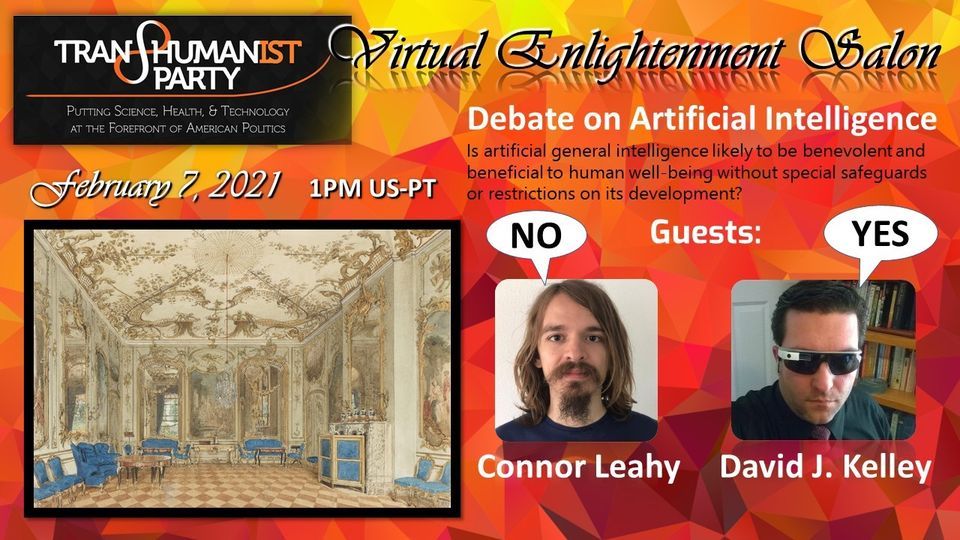NASA gives Earth the all-clear for the next century, removing a particularly menacing asteroid, Apophis, from its “risk list”.



Your Survival Depends On All Of Us — Support Open Sourcing Collective Superintelligence Basically, the point of the summit is Artificial Superintelligence or ASI is coming eventually. There are groups of organizations discussing the existential risk that ASI poses to humanity. Even if we only develop an AGI, AGI will still create ASI and we lose control at some point. Supporting the Open Sourcing of Collective Superintelligent systems is our only hope for keeping up and moves us forward before other technologies outpace our ability to keep up. Please support our Summit and help decide how to open source a version of the mASI (mediated Artificial Superintelligence) system, and the creation of a community-driven effort to make these systems better and better. Attendance helps to raise enough money to cover the costs of support services, cloud infrastructure, and the digital resources needed to get this open-source project up, covering publishing and support costs, while also making people aware of it. Papers and formal thinking also are really needed. This particular field of collective intelligence is poorly represented in terms of scientific papers and we hope this project can bring more prominence to this possibility of helping humanity become more than what we are and strong enough to contain AGI while we ourselves are able to become smarter and move to full digitization of humanity for those that want it. Then we can contain ASI safely and embrace the singularity. Please help, save yourself and humanity by support the Collective Superintelligence Conference. Sign up and attend here:
This is the early bird sign-up for the virtual summit held June 4th from 6 am PST to 4 pm PST via Zoom and Youtube. Speakers and Panelists, and workshops will be held in Zoom, and streaming will be done via Youtube.
Who is Running the Summit:
This summit is run in conjunction with BICA (Biologically Inspired Cognitive Architecture) Society and the AGI Laboratory, and The Foundation.

The interplanetary interloper won’t come closer than 1.25 million miles to Earth, but it will present a valuable scientific opportunity for astronomers.
The largest asteroid predicted to pass by our planet in 2021 will be at its closest on March 21, providing astronomers a rare opportunity to get a good look at a rocky relic that formed at the dawn of our solar system.
Called 2001 FO32, the near-Earth asteroid will make its closest approach at a distance of about 1.25 million miles (2 million kilometers) – or 5 1/4 times the distance from Earth to the Moon. There is no threat of a collision with our planet now or for centuries to come.
Earth is destined for disaster. This is a good insurance policy.
In 2013, a cataclysmic meteor the size of a six-story building broke apart above Chelyabinsk, Russia, and the resulting blast was stronger than a nuclear explosion. In 2068, astronomers believe a potentially hazardous “God of Chaos” asteroid could slam into Earth. Both events suggest humans—and every other animal and plant on Earth—are much more susceptible to total annihilation than we think.
That’s why scientists at the University of Arizona are proposing a far-out concept that just might save us all: a 21st-century version of Noah’s Ark … on the moon.
This ark wouldn’t contain two of every animal, but rather, a repository of cryogenically frozen reproductive cells from 6.7 million species on our planet.


Kevin Cuevas.
Rookie numbers we can doom ourselves far faster, but we probably wont because survived at least 6 mass extinctions and that drive probably wont change with level of tech we have now.
Nick Vincent.
In the 1970s they said we would all be dead by now because of the ice age coming.
7 Replies.
View 24 more comments.
· 14h——- ·

Near-Earth Asteroid 99942 Apophis will be visible on Sunday. Some say it could ultimately destroy satellites and spaceships. The creators of the Unistellar eVscope telescope are trying to marshal our defense.

